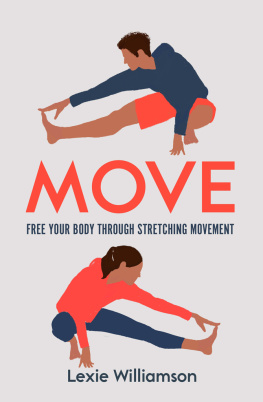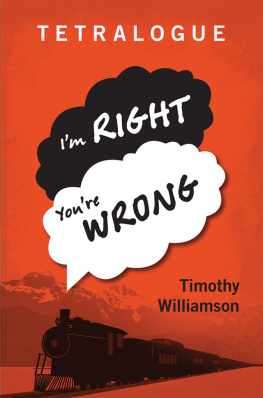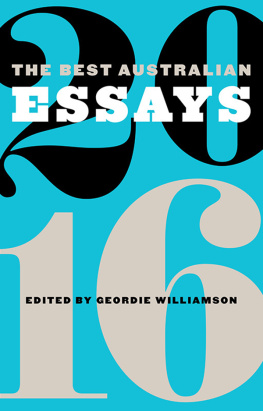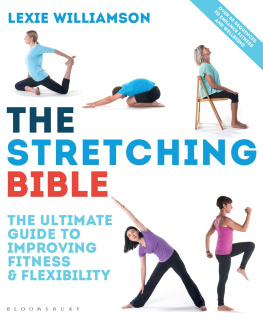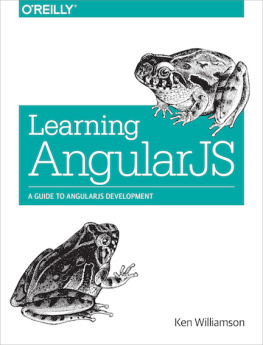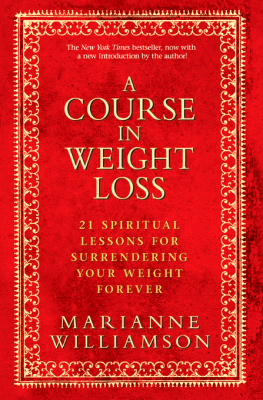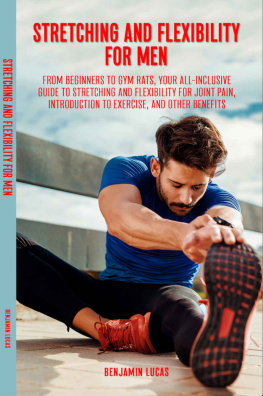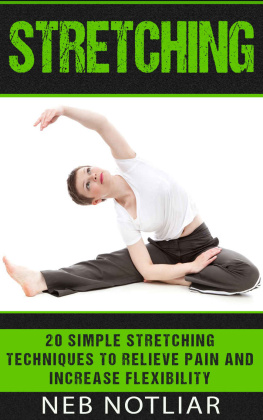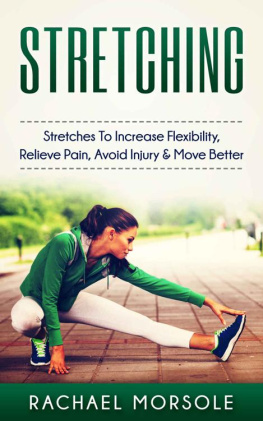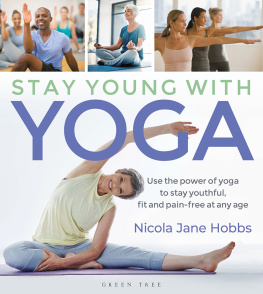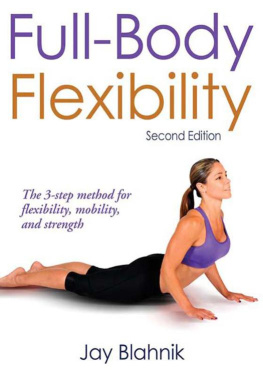

BLOOMSBURY SPORT
Bloomsbury Publishing Plc
50 Bedford Square, London, WC1B 3DP, UK
BLOOMSBURY, BLOOMSBURY SPORT and the Diana logo are trademarks of Bloomsbury Publishing Plc
First published in Great Britain 2020
This electronic edition published in 2020 by Bloomsbury Publishing Plc
Copyright Lexie Williamson, 2020
Photography by Henry Hunt, 2020
Illustrations Anna Morrison
Lexie Williamson has asserted her right under the Copyright, Designs and Patents Act, 1988, to be identified as Author of this work.
For legal purposes the Acknowledgements constitute an extension of this copyright page.
All rights reserved
You may not copy, distribute, transmit, reproduce or otherwise make available this publication (or any part of it) in any form, or by any means (including without limitation electronic, digital, optical, mechanical, photocopying, printing, recording or otherwise), without the prior written permission of the publisher. Any person who does any unauthorised act in relation to this publication may be liable to criminal prosecution and civil claims for damages.
No responsibility for loss caused to any individual or organization acting on or refraining from action as a result of the material in this publication can be accepted by Bloomsbury or the author.
Bloomsbury Publishing Plc does not have any control over, or responsibility for, any third-party websites referred to or in this book. All internet addresses given in this book were correct at the time of going to press. The author and publisher regret any inconvenience caused if addresses have changed or sites have ceased to exist, but can accept no responsibility for any such changes.
A catalogue record for this book is available from the British Library
Library of Congress Cataloguing-in-Publication data has been applied for.
ISBN: 978-1-4729-7489-1 (PB)
ISBN: 978-1-4729-7490-7 (eBook)
ISBN: 978-1-4729-7491-4 (ePDF)
To find out more about our authors and their books please visit www.bloomsbury.com where you will find extracts, author interviews and details of forthcoming events, and to be the first to hear about latest releases and special offers, sign up for our newsletters.
CONTENTS


INTRODUCTION
Welcome to Move, a complete system of freeing up the body through movement for anyone wanting to be less stiff or stuck, and more supple. These techniques will help you to regain precious long-lost flexibility, but also to stand tall, move better and (most importantly) to feel better.

INTRODUCTION
Our bodies are designed to move and move a lot through all planes of motion, such as forward bending, twisting and side bending. As children, we relished this freedom as we tumbled, ran, flipped and cartwheeled without limits. Yet as adults, our jobs, responsibilities and lifestyles rarely allow us to enjoy the kind of multidirectional movement we once did without thinking.
Maybe you sit for eight hours a day hunched over a laptop. Perhaps you are frequently behind the wheel as the family taxi driver, or are studying for important exams. This enforced stillness is often an unavoidable element of our busy modern lives, but can lead to a gradual restriction of movement and muscular tension thanks to the move it or lose it principle.
Our soft tissues tendons, ligaments and muscles need to work through their range of movement to stay strong and supple. This, in turn, allows us to live in comfort and move with ease and do the things we love, be it dancing, running, rowing or weightlifting.
You are probably only too well aware of this need to move more and would love to rediscover that natural flexibility, but lack time and energy, or are just not sure where to start. Maybe youve tried yoga and found the spiritual element off-putting or the bendy pretzel poses unobtainable for normal bodies.
Perhaps you find static stretching dull (youre not the only one!) or avoid stretching altogether but struggle to touch your toes or are sometimes aware of a niggling ache around your lower back.
The answer could be a style of dynamic stretching that will entertain even the most stretch-averse! A more playful, active style based on the premise that us humans naturally enjoy flowing motion, be it salsa dancing, running or tai chi. A style in stark contrast to sitting still and holding a stretch while the seconds tick by; one that will also offer the regular movement that health professionals tell us is vital to offset the stressful demands of modern life on the mind and body.
Move packages this, in the form of easy-to-follow, pre-prepared sequences called Moves that do all the thinking and planning for you. There are only six Moves and these form the core of the book, so the concept is simple: each Move highlights an anatomical area, from Unstick the Hips to Hamstring Releasing.
Less mobile and want a simplified version done with the support of a chair? Look up their more Gentle counterparts. Mastered these Moves? Then brave the Advanced versions. The fact that there are harder and easier versions allows for both progression and modification, and means they are open to everyone.
The idea is to work systematically through anatomical areas using functional but fun movements. These are not tied to one exercise discipline, but are a blend of techniques I feel fit the brief of improving movement ease and efficiency, as well as improving posture and strengthening the core.
Weve taken some gym-inspired mobility drills, included the odd animal inspired movement, added a pinch of strength work and mixed in a few yoga flows. Yoga bunnies will spot some staple classic poses such as Cat Stretch and Downward Dog. Gym-goers might recognise a hip flexibility technique or two from working on their squat form in the weights room.
Health-wise, some of the benefits will be immediately apparent, particularly in terms of releasing tension from areas such as the shoulders, which are quick to tense up. Move uses gentle motion to maintain a healthy back. The days of bed rest for lower back pain are over; the NHS now recommends staying as active as possible using walking, yoga or Pilates, not only as rehab but also prehab to maintain mobility and strength. Movement, as they say, is medicine!
Aside from the physical side, there are also clear mental benefits to be gained from taking brain breaks in the day, which research has shown can stimulate a flagging mind. Slow, mindful movement, especially when paired with conscious, deep breathing, can also create what psychologists call a state of flow. Being immersed in this flow state, created by synchronising the breath with movement, is fantastic for calming a busy mind, so works well after a frantic day.
So, where do we go from here? Before you dive in, take the time to read the next few pages, which will explain how to squeeze the most out of these sequences. Well also delve into the language of movement, and explore the numerous health benefits and the science behind this style of stretching movement. Whats more, Ill explain how to select and combine the Moves to enjoy the best release depending on where you feel the most stuck, and which Moves will give keep you strong and injury-free for running, rugby or rowing.

